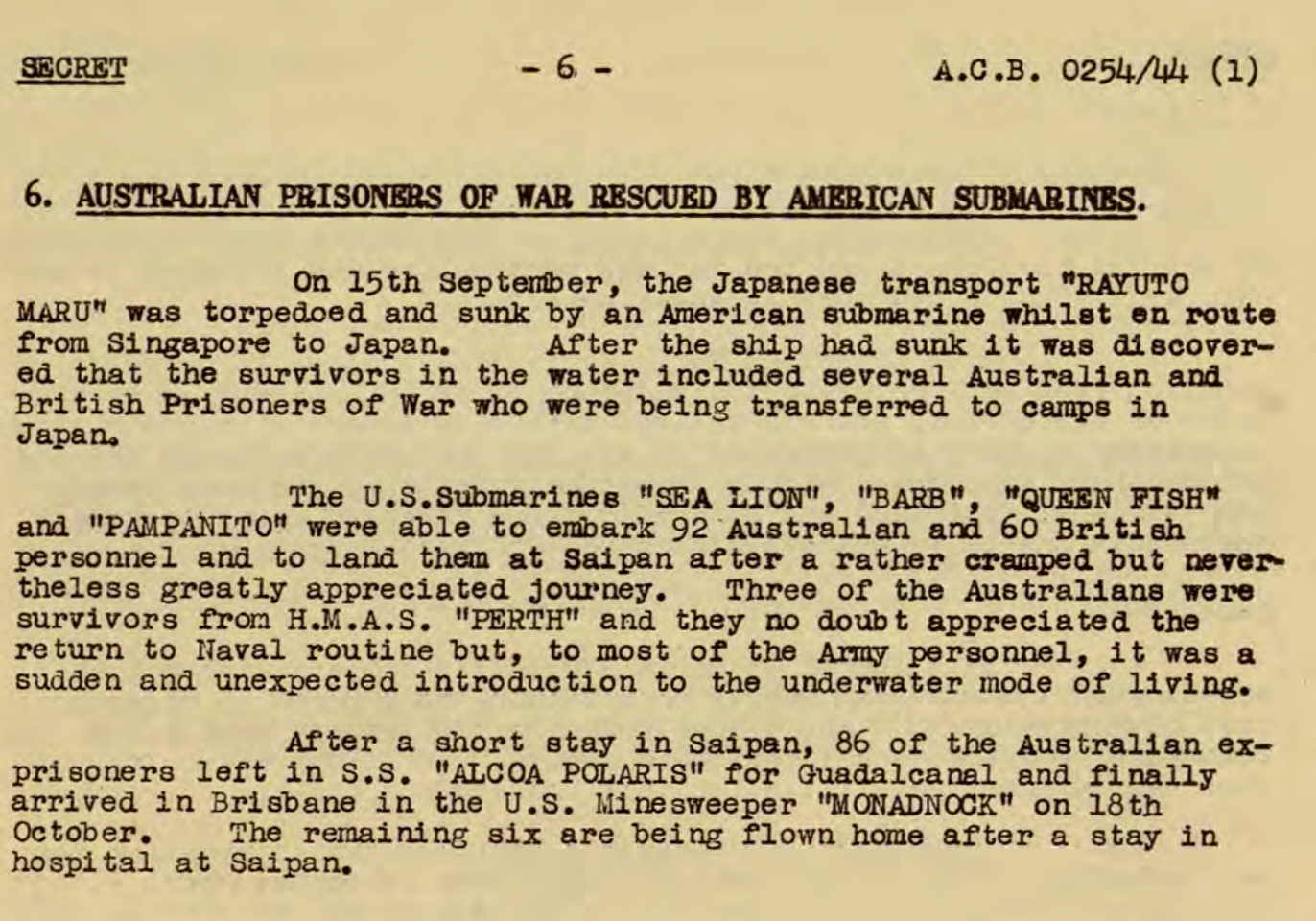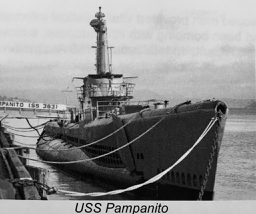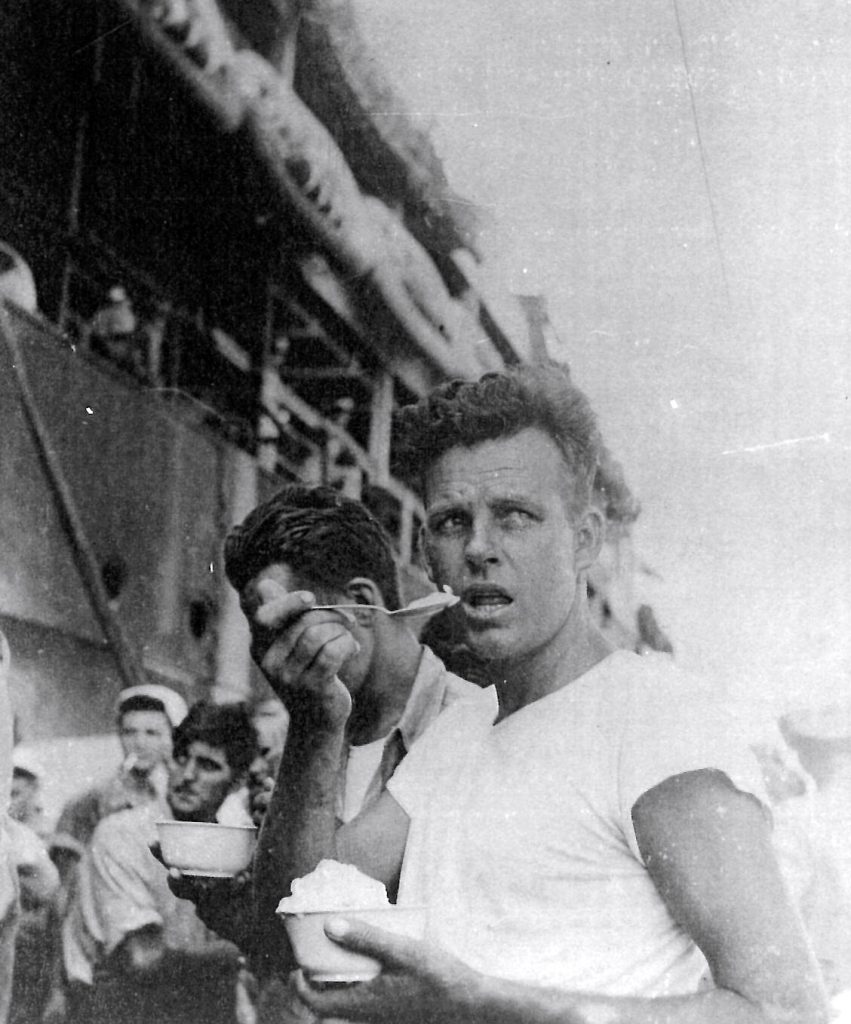The Soldier's Details

- Surname:
- Cocking
- First Name:
- Alfred John
- Nick Name:
- Jack
- Rank:
- Private
- Regimental #:
- WX16369
- Company:
- 'B' Company, No. 8 Platoon.
- Enlisted:
- 28.09.1941
- Discharged:
- 25.05.1945
- DOB:
- 28.03.1914
- Place of Birth:
- Bunbury, Western Australia
- Father's Name:
- James Thomas Cocking
- Mothers's Name:
- Doris Maud Cocking (nee Hocking)
- Religion:
- Methodist
- Pre-war Occupation:
- Leading Hand at Wesfarmers
- Java:
- 'Blackforce', attached to 2/2nd Pioneer Battalion
- Force:
- 'A' Force Burma, Java Party No. 4 Williams Force
- Camps Thailand:
- 131km, 133km, Kanchanaburi, Tamarkan
- Camps Burma:
- Kendau 4km, Thetkaw 14km, Beke Taung 40km Hospital, Khonkan 55km Hospital, Aunggaung 105km,
- Camps Java:
- Arinem, Leles, Bicycle Camp Batavia
- POW#:
- 4591
- Japan:
- Rakuyo Maru Party, Kumi No. 38 (rescued by USS Pampanito)
- Return Details 1945:
- Saipan-Guadalcanal, Brisbane-Perth by aircraft 1.11.1944
General Description
Cocking enlisted AIF 28 Sep 1941and later joined 2/4th MGB’s ‘B’ Company 8 Platoon under CO Lt MacKinnon. He was Taken on Strength to Woodside Camp, South Australia to join 2/4th and travelled to Darwin, N.T. before sailing via Sydney to Fremantle on their journey to Singapore. (Their destination was unknown to them).
He was one of 88 men from 2/4th who sailed several weeks after to Java having been left behind in Fremantle. Please read about the men who were AWL.
Read the story Members of 2/4th nominated for Medal but not awarded.
Also read about Java and POW Camps and the group of men who delayed their surrender to the Japanese in Java.
And the story Surviving the Sinking of the Rakuyo Maru written by Roy Cornford NX44955 of the 2/19th Battalion, courtesy of Peter Winstanley.
As well as Jack Cocking’s story.
Jack Cocking with Americans well after being saved from South China Sea when Rakuyo Maru sank.
Below: Now opened Australian Naval Document November 1944

Jack was youngest of four children born to parents James Thomas Cocking and Annie Maude Hocking who married 1907 in WA. Annie was born Daylesford Victoria in 1888.
Jack’s father died in 1916 aged 41 years when Jack would have been about 2 years old. He had an older brother William James and two sisters Mary and Myra. Annie Maude Cocking died 23 December 1945 in Perth.



Below: Annie Cocking with her children. Back – Mary, Front L-R Alfred John, Myra and William James.




Jack married Doris Alma Frood 6 October 1939.
Below: Jack Cocking re-enlists 1948.

Later Jack re-enlisted during 1950’s with the Army. In 1958 Electoral Roll he lived Queen Victoria Street Barracks, Fremantle. 1963 he and Doris were residing Warwick Farm, NSW where Jack remained attached to Army, in 1968 he and Doris were back living Scarborough – with army,
Jack and Doris had a family of three children.
He and his wife Doris had retired to RSL Village in Geraldton. He was riding his gopher at a cross walk when hit by a vehicle and killed. Such a sad ending of the life of man who had been so very lucky in 1944.
Jack passed away aged 88yrs, July 26 2002, at Geraldton, WA. Doris died 15 Jan 2002 at Geraldton.
Read about Jack’s rescue by USS Pampanito.

Jack Cocking was amongst a large number of 2/4th men who went AWOL when their ship ‘Aquitania’ anchored off Fremantle on its journey from Sydney to Singapore. Their original leave at Fremantle had been cancelled! Jack was amongst the men who were not able to re-board before their ship left the next morning on 16 January 1945.
We know he had a son by this time, born November 1940 and no doubt wanted to see both his son and wife before going to war!
He was one of about 90 well-trained machine gunners who sailed out of Fremantle a few weeks later intending to land at Singapore. By this time it was anticipated Singapore would fall so the group went to Java where they joined forces with the other Allied troops and were to fight the Japanese prior to the Dutch surrender.
Following capitulation he met up with Col Blakeway, Hampson & others on 20 March 1942 at the tea plantation 7 miles from Lelles and intended not to surrender to the Japanese.
They were eventually taken POWs.
Between 23-28 September he was at Bicycle Camp Batavia Hospital as he fractured his hand. He attended the funeral for Edgar Cheetham Jones who died at the hospital 6 July 1942 of bacillary dysentery. Jones and Cocking had both enlisted into ‘B’ Coy, although Cocking was a reinforcement.
Cocking was selected October 1942 in Java with Burma Group No. 4, Williams Force to work on the Burma end of the Railway. The Group sailed to Singapore then onto northern Burma before making their way to the beginning of the rail head.
Reads further about ‘A’ Force Burma Group No. 4 Williams Force
Williams Force was to become the major Australian rail laying party and they moved frequently. Jack was hospitalised at 55km and 40km hospitals (although they had no medicines nor equipment). When the rail was completed the Japanese moved most of the POWs working in Burma to Thailand. Jack left 133km camp 12 January 1944 and arrived No. 1 Camp Kanchanaburi.
On 13 January 1944 he was selected as being fit, to go to work in Japan. He was moved to Tamarkan Camp and his Party left here on 7 April 1944. They were railed to Phom Penh in French Indo-China via Bangkok. They the Group made their way to Saigon which is where they originally planned to depart from to Japan.The POWs were accommodated and worked in around the Saigon Docks for several months, until the Japanese decided the American sea blockade was too dangerous to attempt sea travel.
The group was sent back to Phom Penh to get the train to Singapore via Bangkok. All this time the men were subject to Allied Air attack and it must have been very frightening particular when they were locked into rail carriages and sitting at stations such as Bangkok.
At Singapore POWs were accommodated at River Valley Road Transit Camp and worked labouring and around the docks for months before their ship was available for transport – early September 1944 they went aboard the ‘Rakuyo Maru’.
There were far too many POWs to put into the hull. After much pushing and shoving by the Japanese, heightened tensions and injuries the Japanese agreed one third of the POWs would go onto the deck – but to keep out of way of crew.
Jack Cocking was one of the very fortunate and lucky few to have survived long enough floating in the South China Sea and to be in the right place at the right time when American submarine USS ‘Pampanito’ cruised back to the site four days later where ‘Rakuyo’ Maru had sunk and were completely astounded to find floating rafts which they soon identified as Europeans clinging to.
Cocking enjoyed some incredible luck. Read the story of USS Pampanito’s return to Fremantle 30 December 1944.
Camp Locations:
- Kanchanaburi, 50k - Thailand
- Nikhe Wood Camp, Ni Thea, 131 Kilo, 284k - Thailand
- Onte, Yongthi, 213k - Thailand
- Tamarkan, Tha Makham 56k - Thailand
- Aungganaung,105Kilo - Burma
- Beketaung, 40Kilo, 374k - Burma
- Kendau, Kandaw, 4 Kilo - Burma
- Khonkan, 55Kilo Hospital 360k - Burma
- Bicycle Camp, Batavia, Jakarta - Java ***
- Leles - Java
- Saigon - French Indo China
- Arinem - Java
- Thetkaw 14 Kilo - Burma
- Nikhe, Ni Thea, 133Kilo Camp, 281.80km - Thailand






